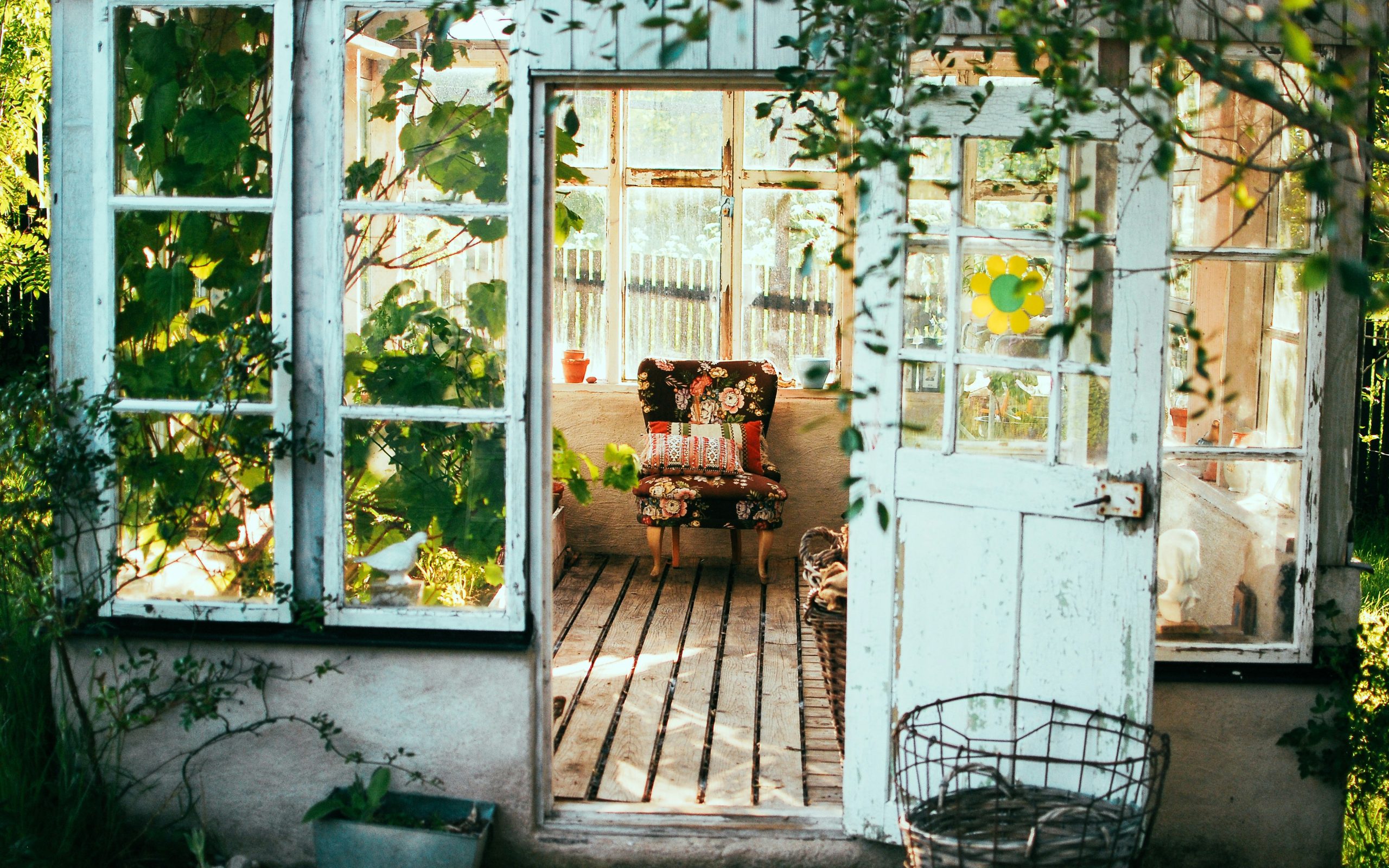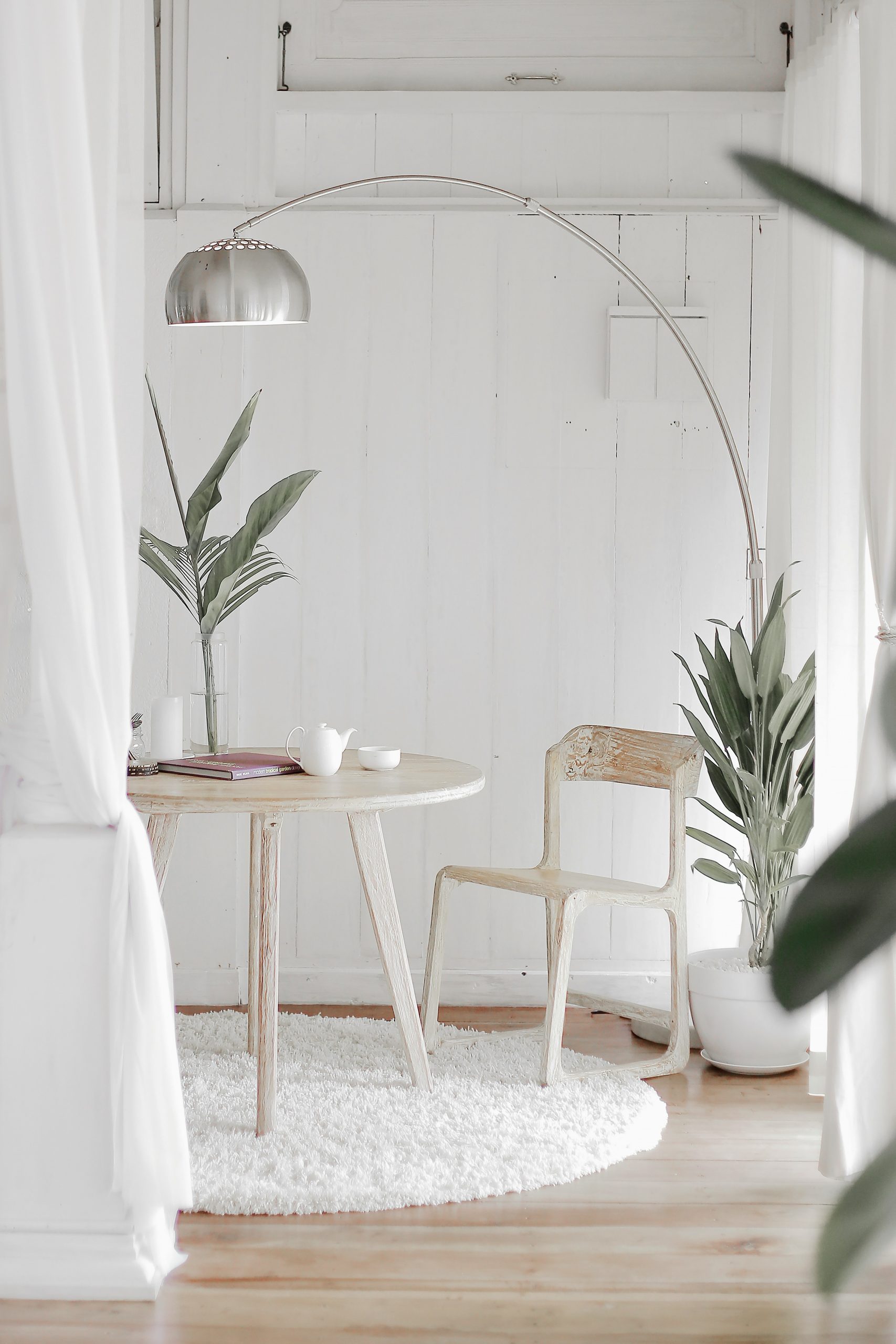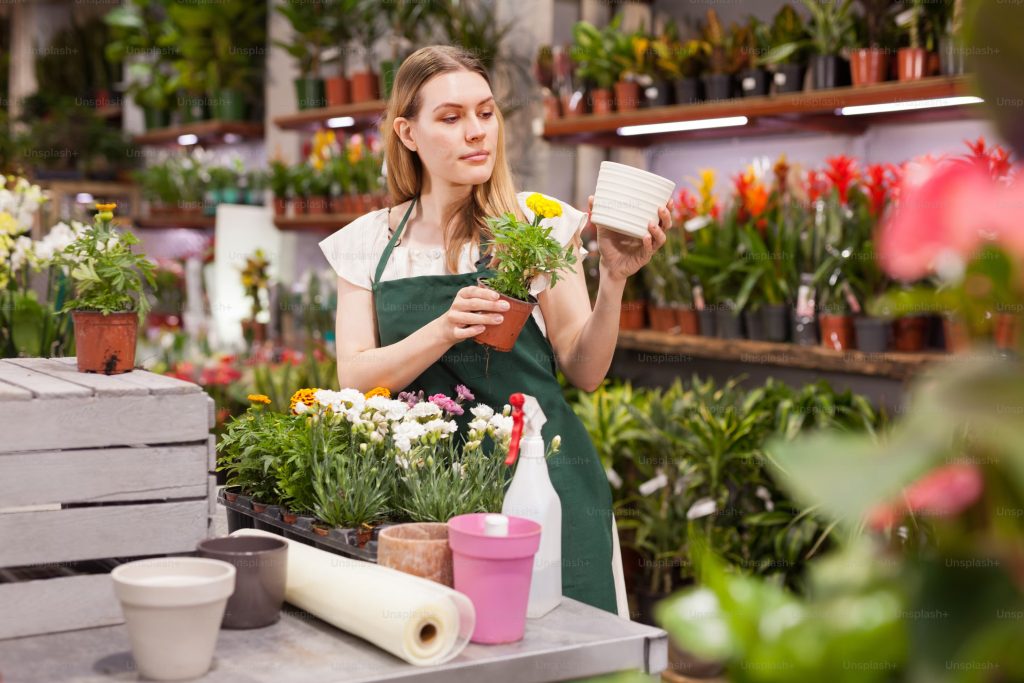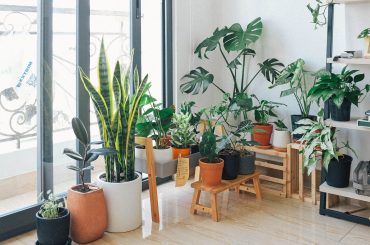Table of Contents
In modern landscape design, there’s a growing trend towards creating seamless transitions between indoor and outdoor spaces. By blurring the boundary between the garden and the home, homeowners can expand their living areas, enhance visual continuity, and foster a deeper connection with nature.
Through strategic design elements and thoughtful integration, the garden becomes an extension of the home, offering a harmonious and immersive experience for residents and guests alike. Continue reading to find out more.
Open-Air Living Spaces

Embrace the concept of open-air living by seamlessly connecting indoor and outdoor spaces. Incorporate features such as sliding glass doors, folding walls, or large windows that provide unobstructed views of the garden from interior living areas. This design approach blurs the distinction between indoors and outdoors, creating a sense of fluidity and spaciousness.
Outdoor seating areas with a veranda (furnished with comfortable seating and weather-resistant materials) serve as extensions of indoor living rooms – inviting relaxation and socialization amidst nature’s beauty.
Continuity in Materials and Colour Palette
Establish visual cohesion between the home and garden by utilizing consistent materials and colour palettes throughout both spaces. Choose exterior finishes, such as stone, wood, or stucco, that complement the architectural style of the home and blend harmoniously with hardscape elements in the garden.
Extend interior flooring materials (such as hardwood or tile) onto outdoor patios or decks to create a seamless transition between indoor and outdoor surfaces.
Select a unified colour palette for furnishings, textiles, and plantings to create a sense of continuity and balance across the entire environment.
Indoor-Outdoor Entertaining
Design outdoor entertaining areas that seamlessly integrate with indoor kitchen and dining spaces, facilitating effortless hosting and social gatherings. Install outdoor kitchens equipped with grills, countertops, and sinks, allowing hosts to prepare meals while interacting with guests outdoors. Create dining areas in a garden room with ample seating – shaded by pergolas or umbrellas – where residents can enjoy alfresco dining experiences year-round. Incorporate features such as fire pits or outdoor fireplaces to provide warmth and ambiance during cooler evenings, extending the usability of outdoor entertaining spaces.
Biophilic Design Elements

Integrate biophilic design principles into both indoor and outdoor spaces to foster a deeper connection with nature and enhance overall well-being. Incorporate natural elements such as water features, living walls, and native plantings to create sensory-rich environments that engage the senses and evoke feelings of tranquility.
Design indoor spaces with large windows or skylights that frame views of the surrounding landscape, allowing natural light to flood interior spaces and blur the distinction between inside and out. Incorporating biophilic elements promotes relaxation, reduces stress, and fosters a sense of harmony with the natural world.
Functional Garden Features
Enhance the usability of outdoor spaces by incorporating functional garden features that seamlessly integrate with the home’s architecture and lifestyle needs. Install outdoor structures such as pergolas, gazebos, or cabanas that provide shelter from the elements while creating intimate gathering spaces within the garden. Integrate practical elements such as built-in seating, storage solutions, and outdoor lighting to enhance functionality and convenience. Incorporate pathways, decks, or stepping stones that guide visitors through the garden, inviting exploration and discovery.
Conclusion
Blurring the boundary between the garden and home offers numerous benefits, including expanded living areas, enhanced visual continuity, and a deeper connection with nature. Through strategic design elements such as open-air living spaces, continuity in materials and colour palettes, indoor-outdoor entertaining areas, biophilic design elements, and functional garden features, homeowners can create seamless transitions that enrich daily life and foster a greater appreciation for the natural world.
By integrating the garden into the fabric of the home, residents can enjoy a harmonious and immersive living experience that celebrates the beauty of indoor-outdoor living.





